FoxTales Wildlife Rehab
Wildlife Proofing Guidance
Trapping and Relocation is Not the Answer
It Does Not Work. Relocating an animal that raids the garden or trash, or that dens under the shed or in the attic, does not solve the problem. While relocating an animal might get rid of that individual, another animal will simply move into the vacated territory, and soon, they will be raiding the garden, getting in the trash, and/or denning under the shed. Taking the time to make the area less hospitable to solve and prevent conflicts will have a more successful long-term outcome.
It Is Illegal. In Virginia, it is illegal to trap animals and move them off of your property.
It Is Inhumane. While it may seem “nice” to take an animal to a better place, studies have shown that many relocated animals do quite poorly and do not survive. Animals that are translocated out of their familiar home range suffer low survival rates (often less than 50 percent) due to many interacting factors. Animals depend on knowing where to get important resources in their home habitats, and when they are moved, they have difficulty finding food, water, shelter, and safety.
It is dangerous.
The animal is not familiar with where to hide and so becomes an easy target for predators.
Relocating animals to new environments can introduce diseases to the animal or to the residents where the animal is relocated.
Among territorial animals, an individual dropped into an area is immediately “trespassing” in a place aggressively defended by other members of their own species. Combat can be deadly.
Most species have some sort of social system, even if it is not highly territorial. Strangers from a separate population can disrupt the local population structure.
Many animal species have a homing instinct that draws them back to their original home range (e.g., turtles), making it highly unlikely that the animal will be able settle down, find food or find shelter in the new area. This innate drive pushes the animal to cross roads and be exposed to the numerous associated lethal risks. Few animals survive these hazards. NEVER RELOCATE AN EASTERN BOX TURTLE - COMMONLY SEEN IN OUR PART OF VIRGINIA - AWAY FROM ITS HOME RANGE.
Translocated animals may not find enough of the right food to survive, or they may arrive someplace where the best food sources are already defended. Slow starvation or learning to take unsuitable food from humans and to closely associate with humans are not good options.
Taking Responsibility and Wildlife Proofing is the Answer
Fundamentals:
It is important that you choose materials and methods that can withstand the body size, weight and “tools” (e.g., teeth, claws, digging ability) of the animal you are trying to discourage.
Generally, mammals are very sensitive to strong sounds and smells, which means that many animals can be driven away by noise and scent. Their evolutionary adaptions give them both enhanced and diminished senses, so focusing on using those adaptions to your advantage is important. Just remember that smells are temporary and wear off, and so must be regularly reapplied. Examples of strong products you can try include vinegar, Irish Spring soap, Epson salts, coffee grounds, Pine Sol, cinnamon, and mint.
Do not feed cats or dogs outdoors unsupervised. Leaving food unattended outside is an open invitation to wildlife.
A Skunk Story: One of our supporters had skunks hanging out under the firewood rack in her carport during the summer months. Noise and scent were not enough to drive the skunks permanently away. She moved the rack and firewood (and all other places they could hide under) out of her carport for a few days. Just when she was about to move the items back into the carport, she discovered that the skunks had relocated to under her front porch furniture. So she used her garden hose to spray water in the area under the patio couch in their general vicinity. That worked! The skunks decided they had enough. They took off into the surrounding woods and have not returned. The moral of the story is that you need to make the area inhospitable (but not deadly) and the wildlife will move on.
Alternative methods work! Just give it a chance!
Protect Your Flock With a Chicken Coop/Run
Protecting chickens can be done without killing an animal who is just looking for an easy meal.
Raise the structure off of the ground.
Using welded hardware cloth/wire mesh as a barrier (not just chicken wire) around the area - on the roof and floor. Never use chicken wire as a way to prevent predators from getting into any space you don’t want them. Chicken wire only keeps chickens in/out of area and is too weak to keep out a predator of any size.
Bury the hardware cloth 12” into the ground all the way around the area to deter burrowing from underneath. Foxes and skunks love to dig and are great at it! A fox can squeeze through a gap as small as 4”. If their head can fit, then they can probably make their body fit.
Keep the are clean and free of food debris.
Install a predator apron.
Consider installing an electric fence.
A Fox Story: On 12/19/24, FoxTales received a call about a fox hit by a car. When “Sunset” came into care, he would not eat chicken at all. With almost 100 foxes in care since 2021, Elizabeth had never had a fox who would not eat chicken! Sunset would only eat venison, bison and mice. When Sunset was recovered and released back home, Elizabeth shared this information with a local resident and was informed that a fox had gotten into the resident’s coop a few weeks prior. The resident took appropriate action and installed an electric fence. The fox tried to get into the coop again and got shocked by the fence, (which does not cause permanent damage). The fox never tried again after that experience. We think that fox was Sunset and that he associated chicken to this shock and did not want to touch chicken again! This anecdotal evidence would indicate that using alternative methods work!
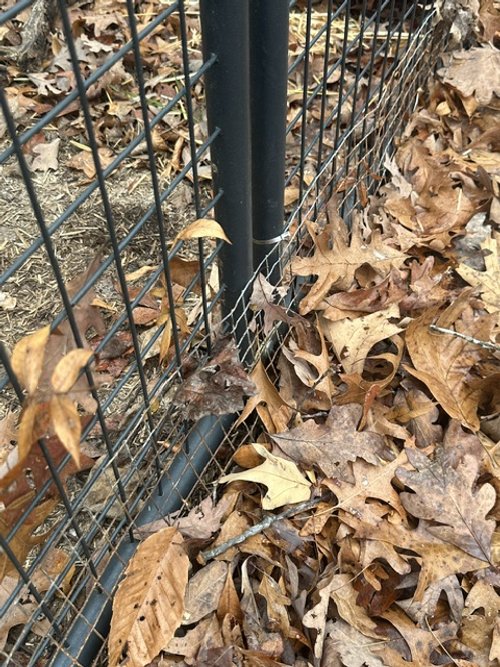
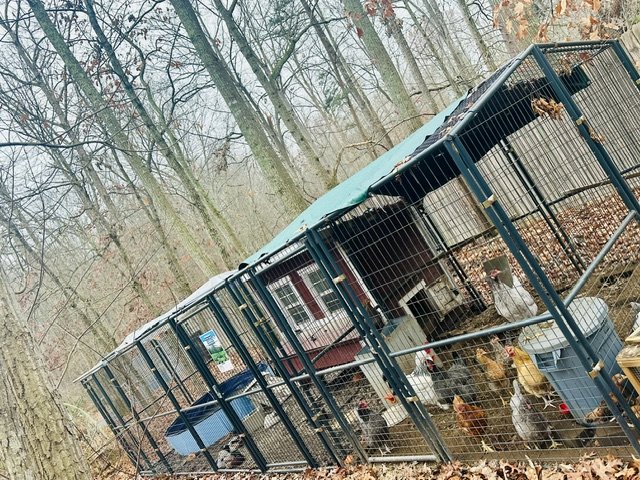
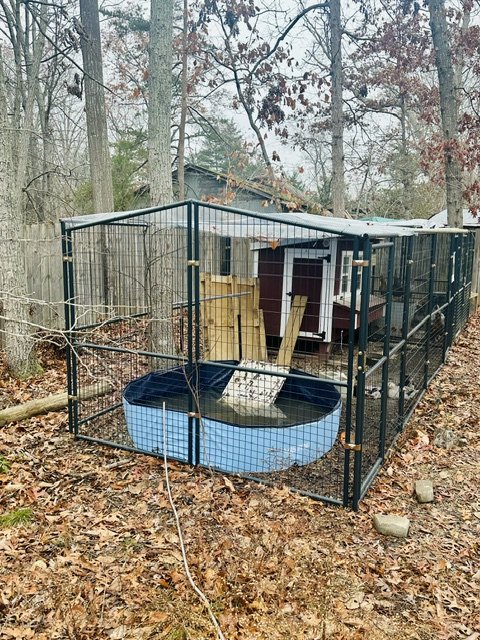
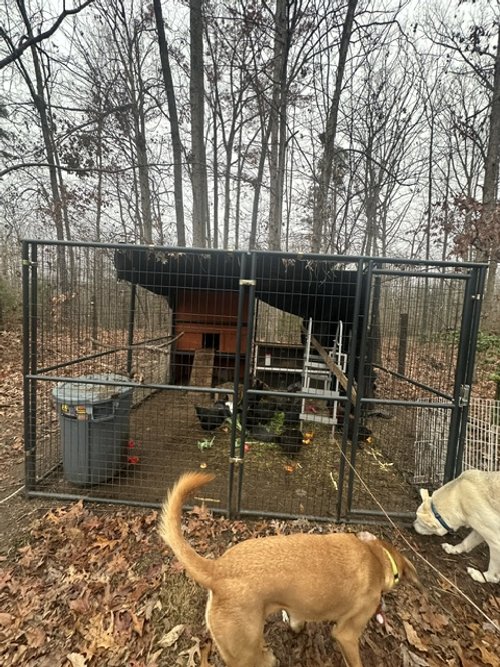
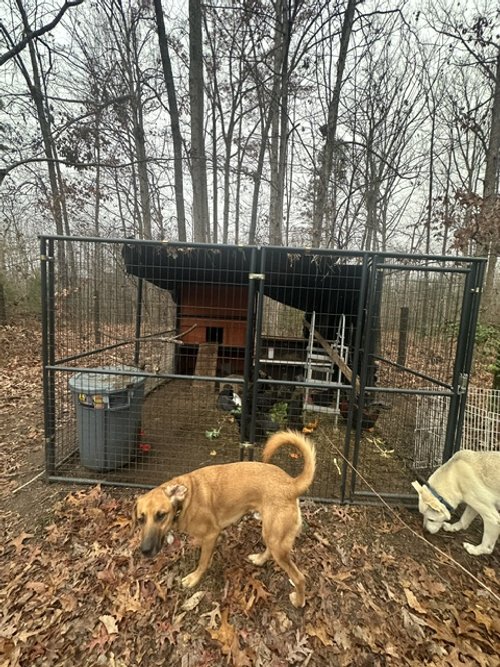
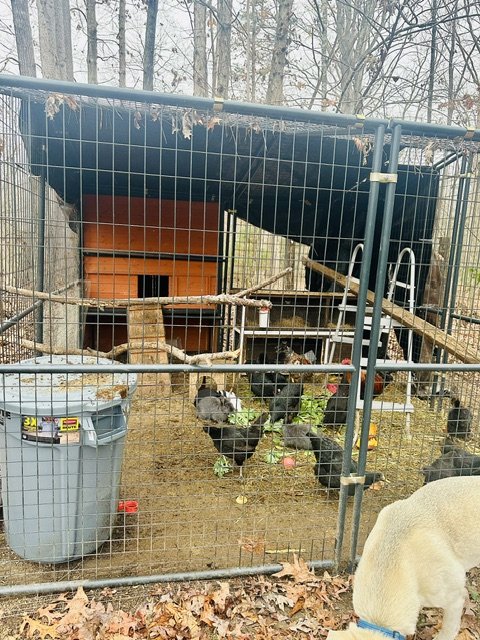
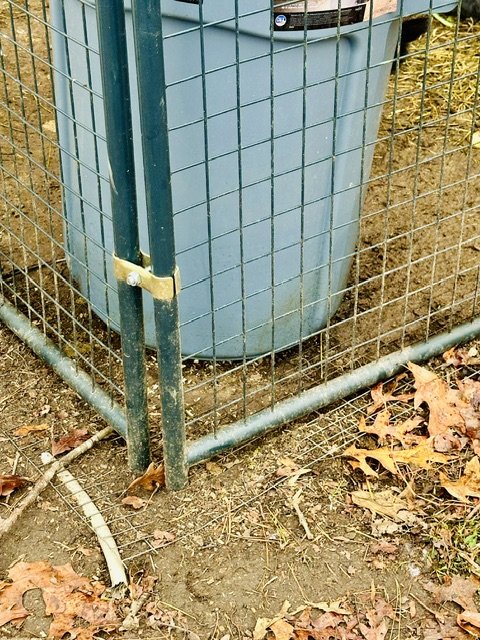
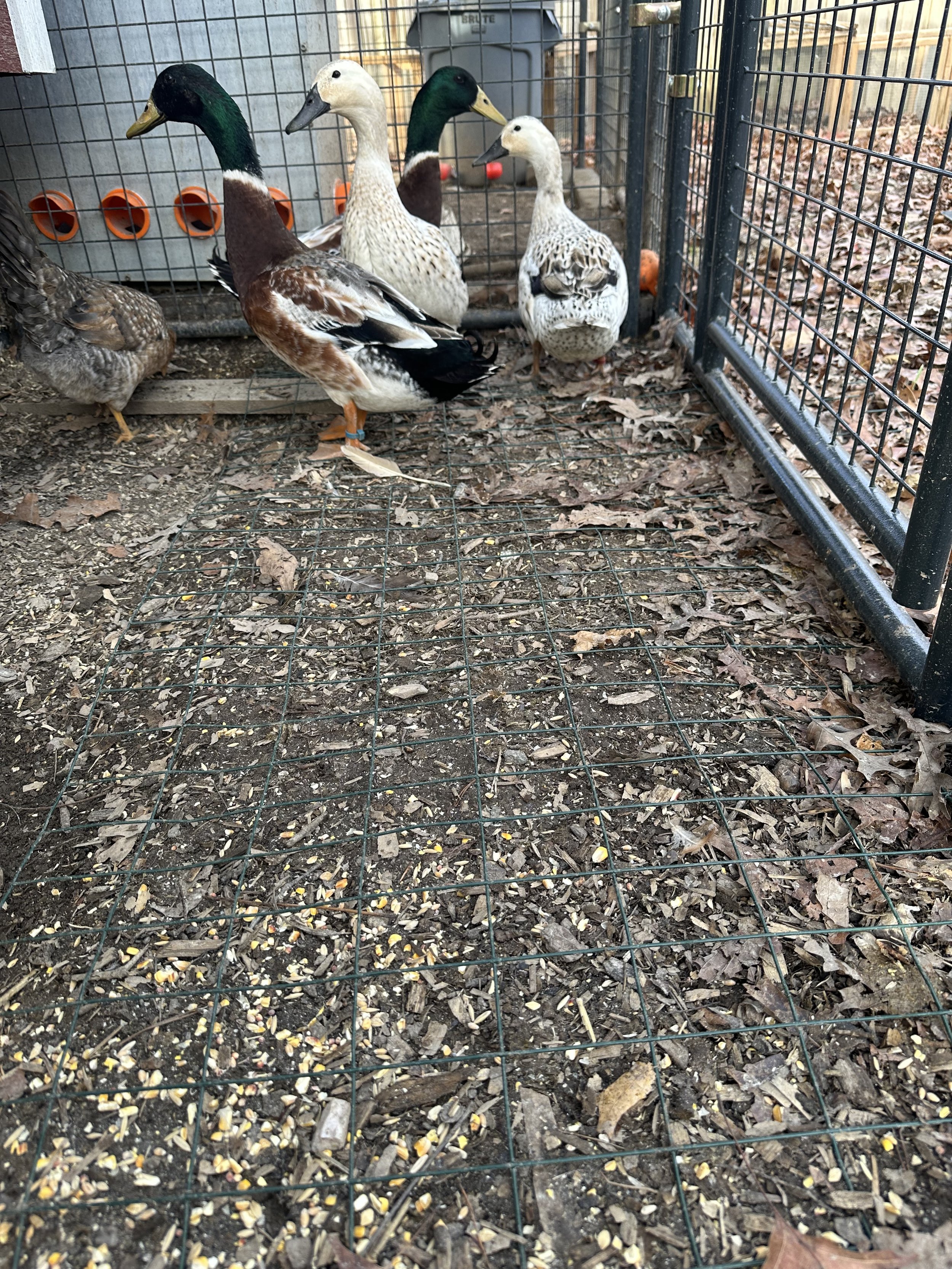
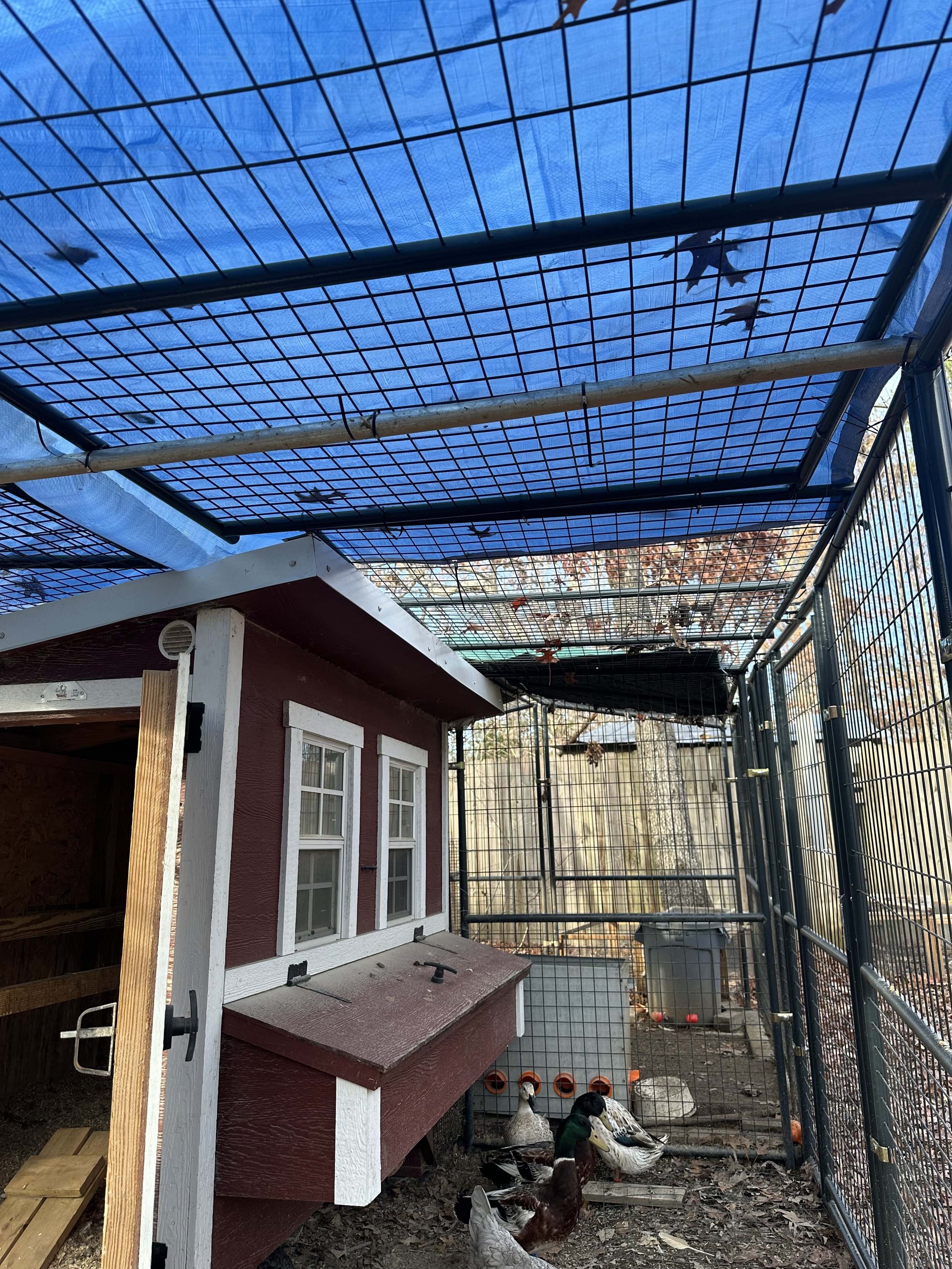
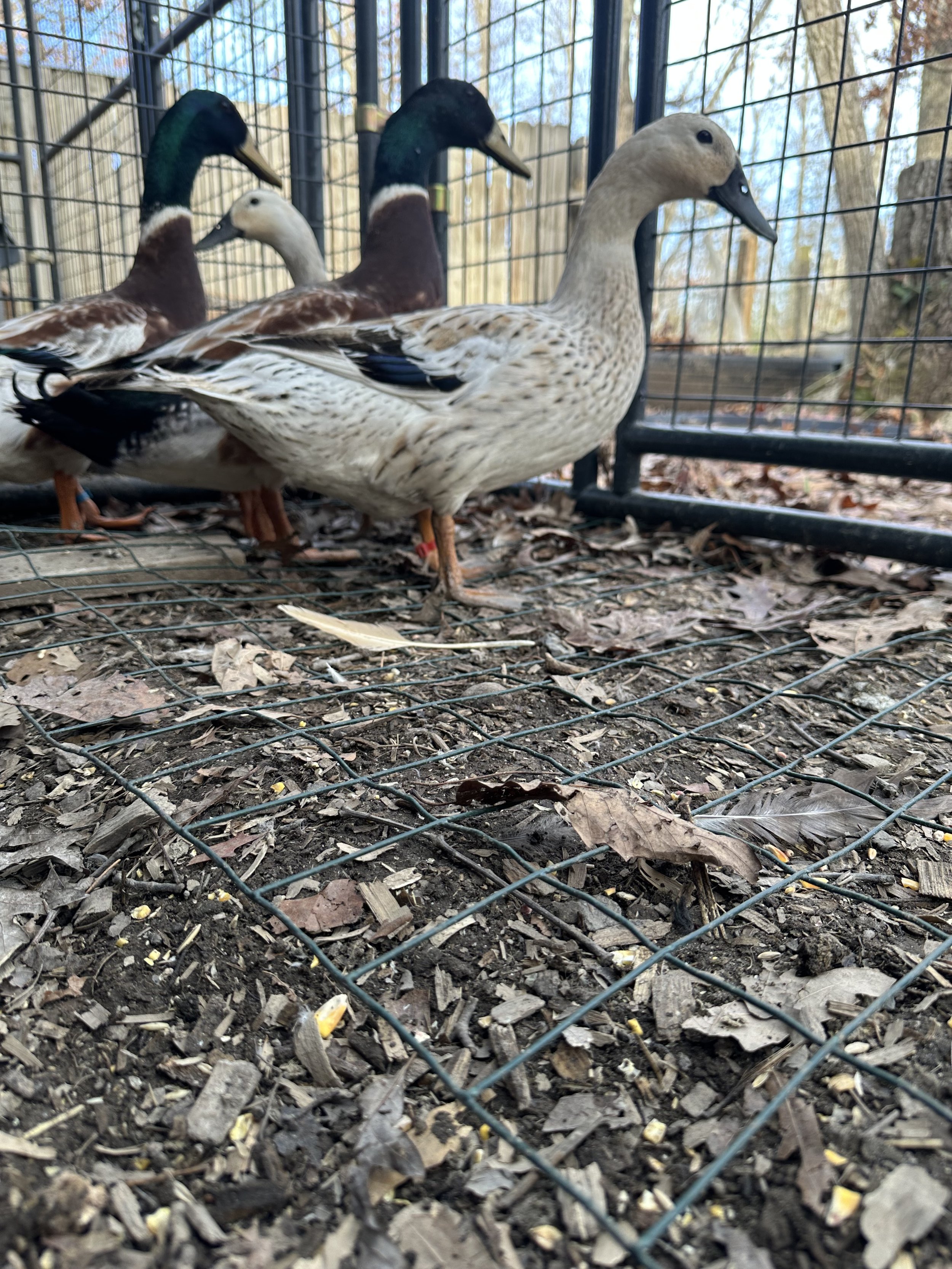
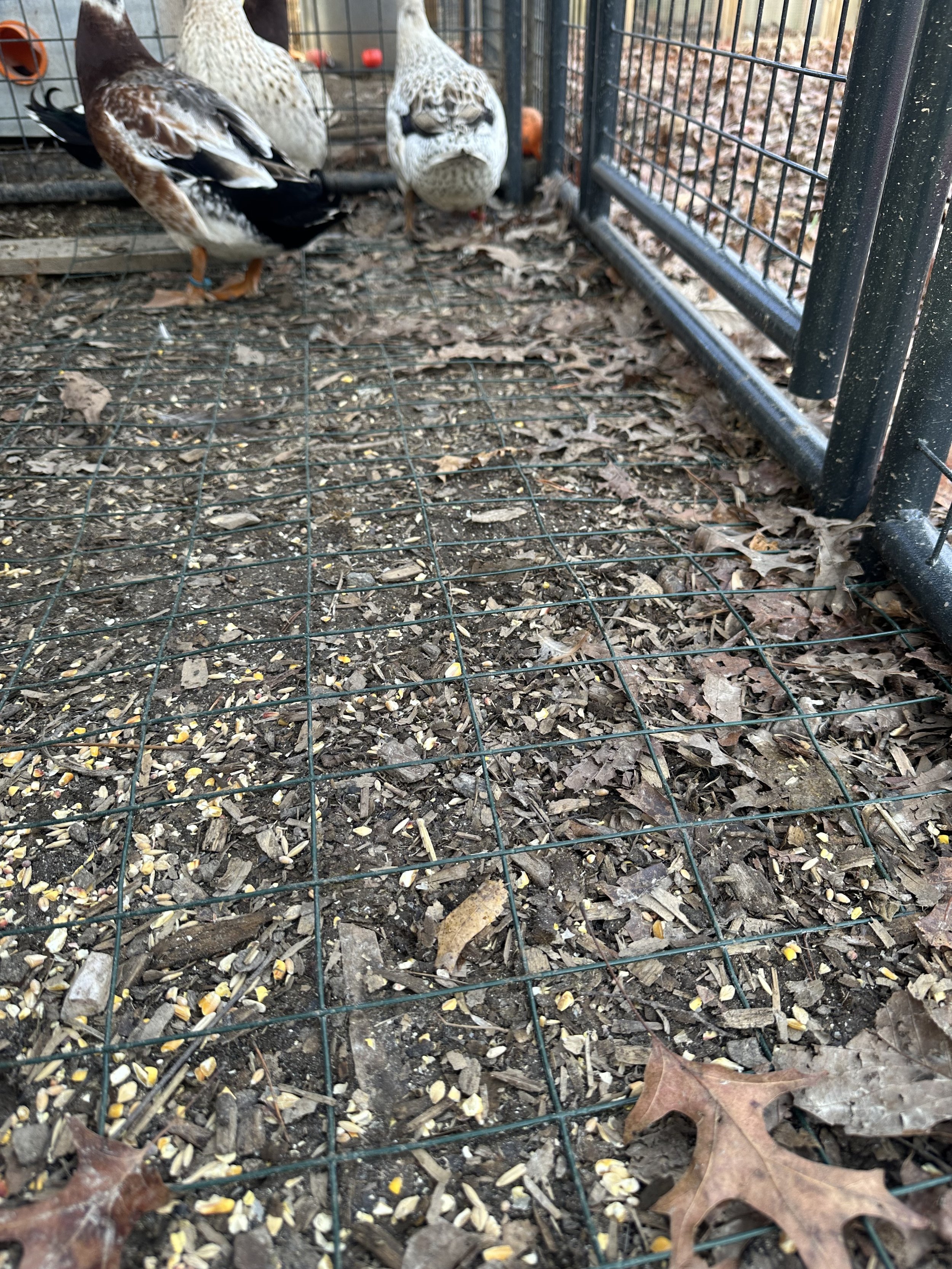
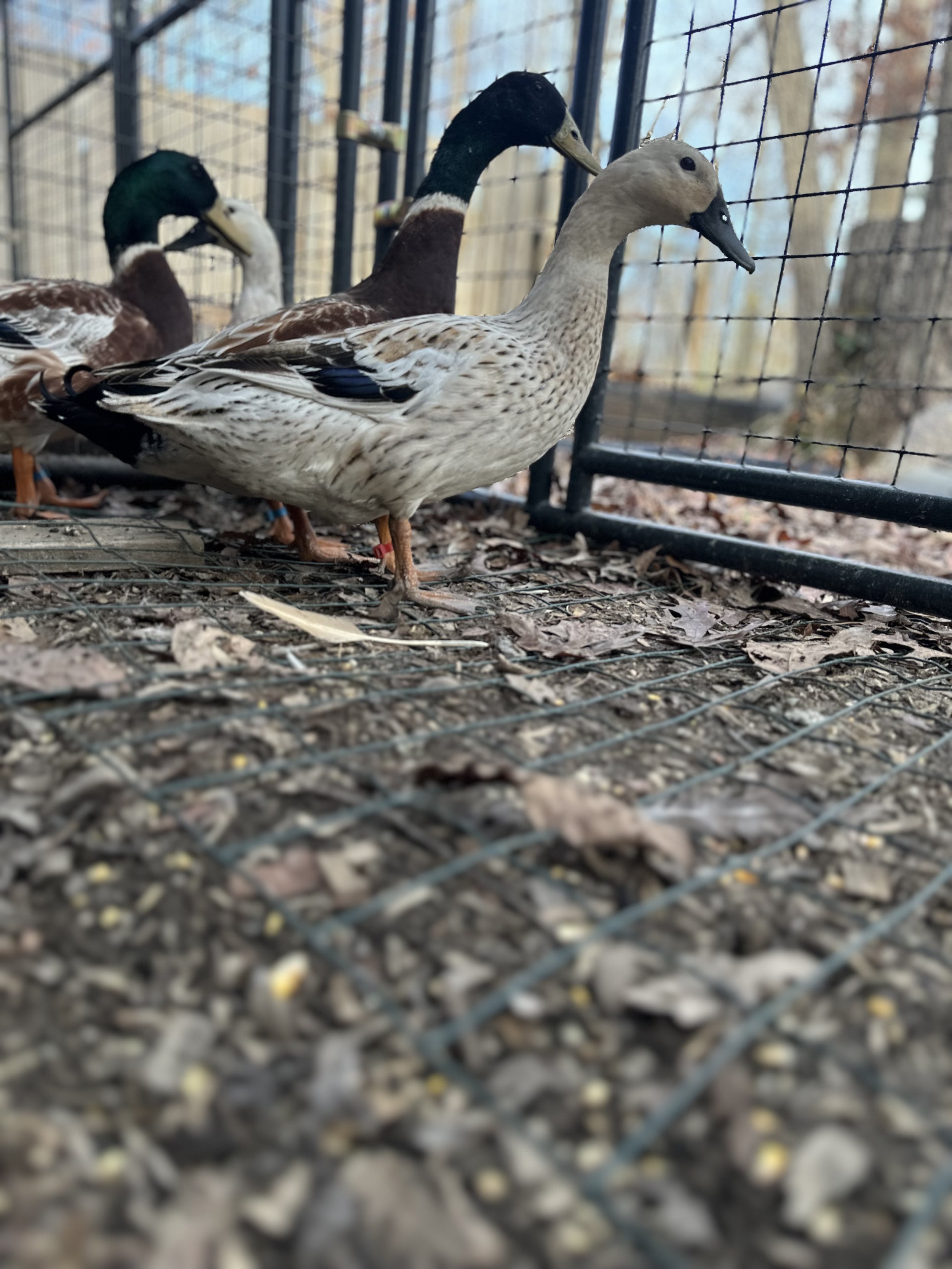
Racoon
Trash Cans: Secure cans to prevent raccoon from tipping them over. Lock lids in place. Raccoons can chew through bungee cords, so if you have a consistent wildlife conflict, invest in a sturdy can with a locking lid. If raccoons are accustomed to finding food in your trash cans, it will take several unsuccessful attempts until they get the message and move on. Consider using a scent repellent directly outside of the trash cans, but you must reapply regularly.
Chimney: In a suburban environment, raccoons may seek out a chimney to raise young. If a raccoon is in your chimney from April to September, assume it is a mother with her young. Very young babies cannot climb out of the chimney on their own, so it is best to give the mother raccoon a few weeks to vacate on her own timeline. Make sure any fireplace openings into the room are blocked to avoid accidental visitors into your home. It is common for mother raccoons to change den sites during the nesting season, so it is unlikely the family will be present during the entire time it takes for them to grow up (about 5 months). If you are unable to wait for the raccoons to leave, you can encourage the mother raccoon to moveout by adding visual and scent deterrents. Cap the chimney after the raccoons have left to prevent future denning. If needed, hire a reputable pest control company that will not separate the mother from her young.
Attic: If you have a raccoon in your attic from April to September it is best to determine if there are babies inside. Find the opening that the raccoon is using, which can be a hole as small as 4”. Place a single layer of newspaper over the opening at night, when the raccoon is out of the attic. If the raccoon breaks her way through the paper to get back into the attic, she may have babies in there. It is common for mother raccoons to change den sites during the nesting season, but you may use visual and audio deterrents to gently harass the mother raccoon so that she is motivated to move her babies. Once you are certain that the whole family is gone, seal up your attic. If a mother raccoon is sealed out of your attic with her babies inside, she will cause extreme destruction trying to reenter in desperation to reach her young. Wouldn’t you? If needed, hire a reputable pest control company that will not separate the mother from her young.
Skunk
Denning Under a Structure: Skunks are not difficult to deter and even mild harassment can make them leave the area. The opening to a skunk den is 4-6” and will smell faintly like skunk. It is important to determine if your denning skunk is a mother with babies. Skunks are typically born in May and June and remain in the den for 8 weeks. If you cannot wait for the skunk family to leave on their own, you can gently harass with mother skunk with loud sound (e.g., playing loud music); bright, flashing light in dark, confined areas; or strong odors (like peppermint or vinegar), which will encourage the mother skunk to move her young to a new den. Take caution to ensure that babies are not separated from the mother. When you are sure that the den is empty, loosely stuff the den hole with crumpled newspaper. When the newspaper stays undisturbed for three nights (as long as it is not winter), you can assume the skunk family has permanently moved out. Take action to prevent future skunks (and other animals) from moving in, by covering the entrance with wire mesh that extends into the ground. The best wire mesh prevention should extend 8-12” straight down and 8” out from the wall in an “L” shape.
Beehive: Skunks will eat bees (and are immune to bee stings) and larvae, but are not good climbers. The simplest way to keep your beehives safe is to elevate the hives off the ground.
Squirrel
Attic: Squirrels enter attics through openings as small as 2”, typically near the roofline. The gaps may be small initially, but are typically enlarged by the squirrel. If you hear squirrels in the attic, identify all entrances near the roofline. Seal all entrances except for one and then install a one-way door over the last hole so that the squirrel can exit, but not reenter. If, after several days, you no longer hear squirrel activity in your attic, seal the last hole. Squirrels have babies February to May and August to October. If squirrels are in your attic during this time, it is possible that babies are present. Wait until the young are old enough to leave on their own (when they are about 8-10 weeks old). If the mother is sealed out of your attic with her babies inside, she will cause extreme destruction trying to reenter in desperation to reach her young. Again we ask, wouldn’t you?
Chimney: Squirrels may climb in and out of a chimney, but if you hear one that is continually climbing the walls of a chimney, it may be trapped. Do not “smoke out” a squirrel that is trapped in a chimney. Close the damper to eliminate access into the house, then lower a long 3/4” rope or knotted bedsheet from the top of the chimney down to the damper. Tie the rope securely so the squirrel can climb. Remember what good climbers squirrels are! Use that to your advantage. Typically, squirrels will climb out in a few daylight hours. Cap the chimney once you are sure it is vacated.
While squirrels typically make nests in trees, you may encounter a squirrel who nested in your chimney. If babies are present, provide the rope or knotted bedsheet, but give the squirrel family time to grow up before capping the chimney. Squirrel kits are ready to leave the nest at approximately 12 weeks old.
Water Resource: Squirrels get thirsty just like other wildlife and can chew at emitters and sprinkler tops in search of a water source, (especially during the summer months when clean water can be hard to find). They can hear the water and will do their inventive best to figure out how to get to it. Consider leaving a shallow (1-4”) dish of water approximately 12” off the ground. Remember to keep the water clean, which means cleaning the dish and refilling with clean water daily. It is important that you don’t create a mosquito haven and that you keep the water clean of pathogens. It is also important that the water be shallow and that you include some rocks/pebbles so that flying insects like bees do not drown.
Chewing Auto/Electrical Wires: Squirrels sometimes chew on automobile and electrical wires, which is not only dangerous for the squirrels, but can be costly and destructive. The major reasons for chewing include: to control the growth of their teeth – which never stop growing, to keep their teeth stronger, and to sharpen their teeth. To keep their teeth at an optimal length, they have an inherent need to gnaw on various materials. Additionally, squirrels are attracted to the soy-based insulation that covers your auto’s internal wiring. Some ways that you can deter squirrels from chewing include: keep your car interior free from food wrappers, which can attract squirrels (and mice) because of the scent; cotton balls soaked in peppermint essential oil; over-the-counter products made with peppermint; hot pepper spray; or tape that contains capsaicin.
Fox
Denning Under a Structure: Thorough fencing exclusion is the only long-term, permanent solution to keep foxes from denning under an unwanted area. Fox parents use dens for birthing and raising kits. Babies are typically born between March and May and will disperse by fall. To give kits the best chance at life, consider allowing the family to continue using the den for the season. (It is truly wonderful to watch kits play and interact with their environment!) If this is not possible, you can mildly harass the fox family at the entrance to the den with visual, audio and scent deterrents (such as coyote urine purchased from Tractor Supply), but only when the pups are old enough to start leaving the den (8 to 9 weeks old). If the mother feels the area is unsafe, she may move her kits to another den nearby. The mother fox always has a backup plan and uses several dens throughout the season for emergencies and to store food.
Once you think the den is empty, loosely stuff the den entrance with crumpled newspaper. If the newspaper stays undisturbed for three nights (and it is not winter because other mammals may be using the den for hibernation), you can assume the family has moved out. Cover the entrance with wire mesh that extends 8-12” underground and 8” around wall in an “L” shape.






